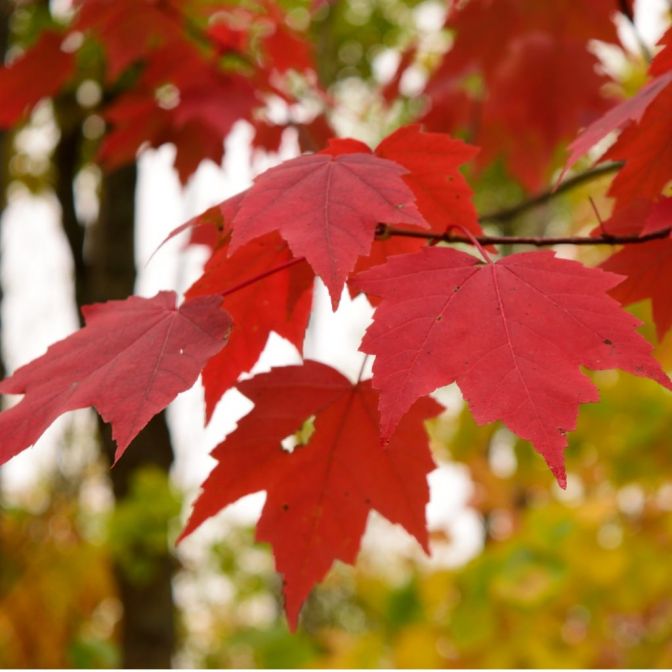
I’m sure that mechanics have favorite cars, realtors have favorite neighborhoods and chefs have their favorite dish. So it’s no surprise that arborists have their favorite trees, too.
I’ve never heard an arborist claim that red maple is their favorite tree. Just the opposite. I’ve heard many arborists put this tree down because of its issues (over use, girdling root, sun scald, poor structure, gloomy scale). I think arborists need to take another look at this tree. Maybe we’re hating on red maples the way we hate on Tom Brady for being “too good” of a quarterback. Red maples have a lot going for them.
Red maples are less expensive at the nursery than most trees. They grow fast and reliably, so nurseries can produce them easily. They transplant well. If you don’t have a red maple survive and thrive in its first year after planting with a little bit of watering, I suspect somebody is trying to kill it. And, with a little effort, you can get one for free: Red maples are one of the easiest trees to grow from seed. Grab a few handfuls of red maple seeds (the little helicopters) this spring. Let the kids chuck them in the air and chase them for a while. Chances are you will find one growing in some quiet spot in your yard a few months later. Plant it where you like and watch it grow.

They grow in extremely hostile environments. They may not look good if they are in a small island in a baking, hot asphalt parking lot. Close inspection will show that they have survived the last 5 years with tons of issues and neglect. Looking close, you find improper planting, rope around the trunk from when it was planted, sun scald, and string trimmer damage, but that red maple is not dead yet. These beauties grow from Florida to Ontario and can take heat and cold, drought and saturated soils.
If you do decide that you’d like to give a red maple a try, here are a few tips to help it thrive (not just survive).
Make sure that the tree is planted with a visible root flair. When you get done planting your tree, if the trunk looks like a lollipop stick stuck in the ground, it is too deep. It may grow for a long time this way, but it will develop problems.
Be ready to have your tree pruned for structure a few times when it is young. They can be prone to co-dominant leads that split when the tree gets larger. Taking care of small issues when the tree is young will make a big difference when it gets older.
Red maples can give you little shows throughout the year. The spring flowers are often overlooked, but beautiful when you notice them. The fall colors can be amazing. They cast a deep shade in summer and show off red twigs in winter.


